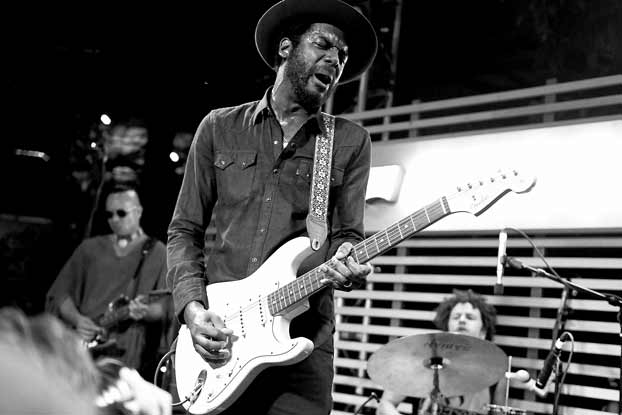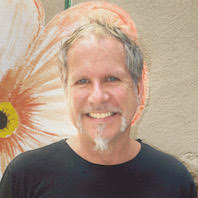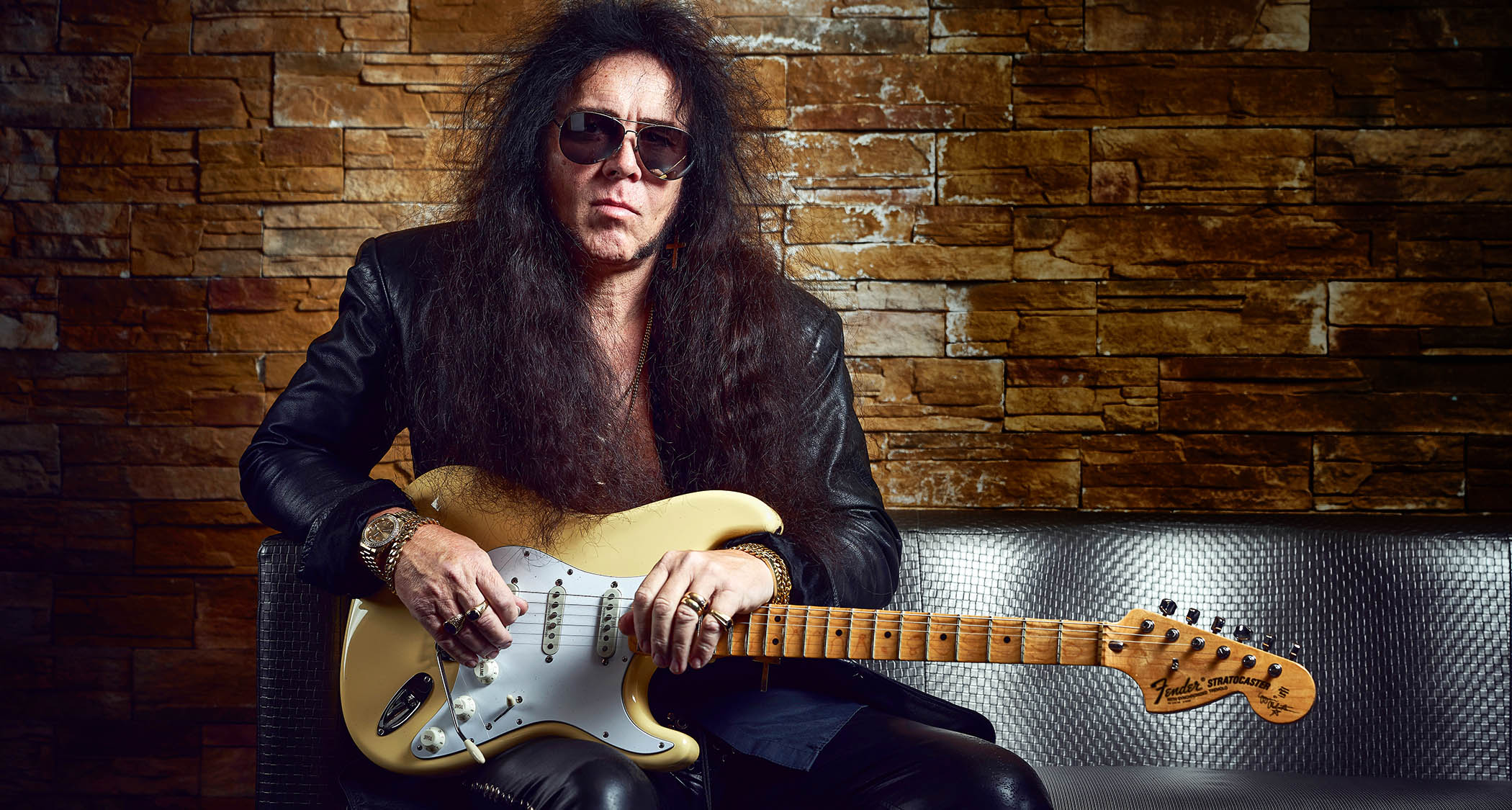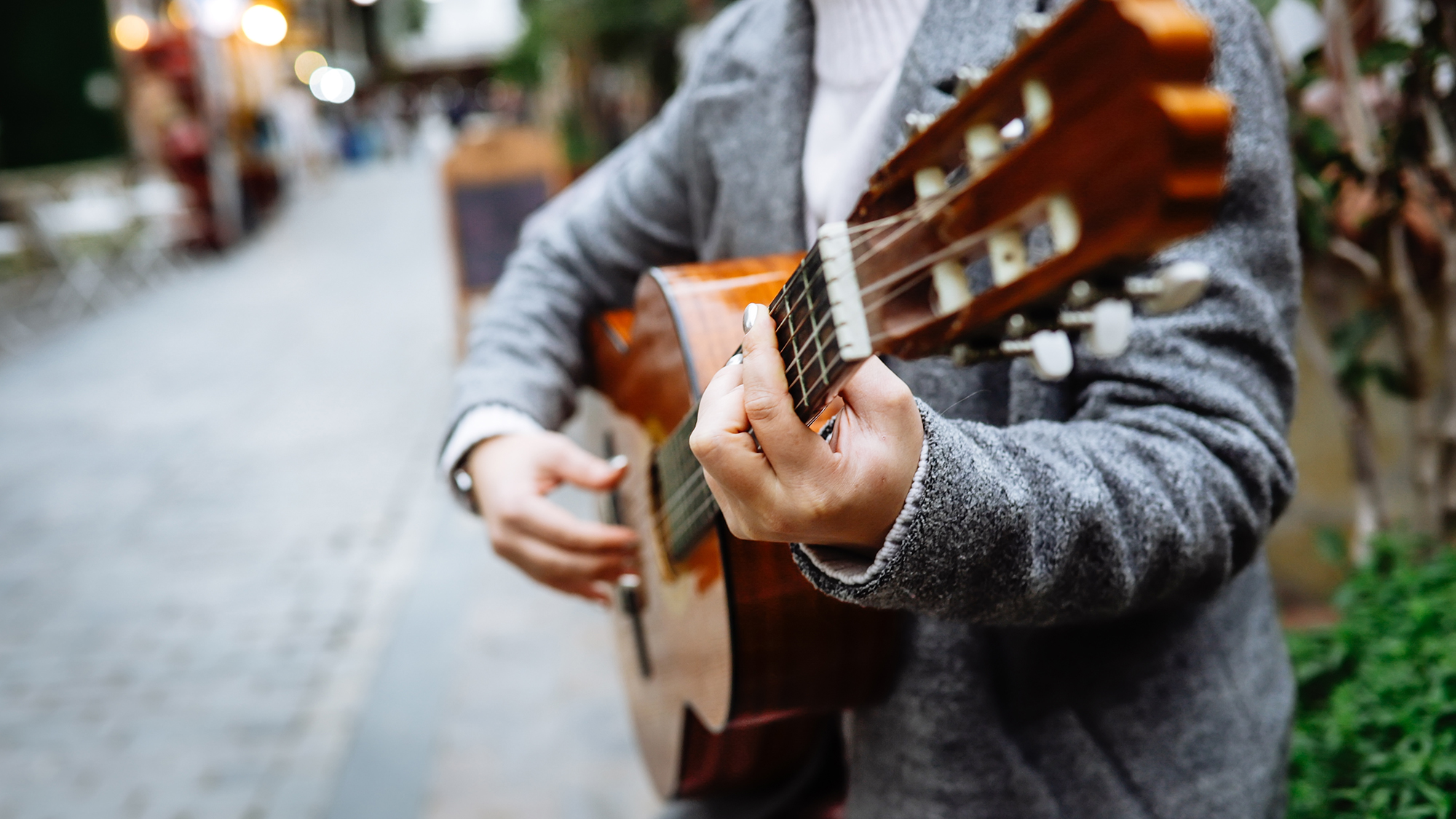Reigning Blues Champ Gary Clark Jr. Talks New Album, 'Live North America 2016'

Back in the early Sixties, the brilliantly eccentric jazz pianist Thelonious Monk created a list of what he thought every musician should know about gigging. It included often-amusing hints like, “You got to dig it to dig it, you dig?” and my favorite, “Just because you’re not a drummer, doesn’t mean you don’t have to keep time.”
But among the whimsical bits of advice was something quite profound. Monk said, “A note can be small as a pin or as big as the world. It depends on your imagination.” When he spoke those words, the pianist knew damn well he wasn’t offering guidance—he was throwing down the gauntlet. It’s a challenge that stalks Gary Clark Jr.’s second concert album, Live North America 2016.
Of all the major fourth generation blues shredders like Joe Bonamassa, Derek Trucks or John Mayer, Clark Jr. is the most preoccupied with getting down to the essentials. With each album he gets a little more economical and precise, often building solos to a climactic single note that he makes “as big as the world.”
Like Albert King, or even Kurt Cobain (who Clark Jr. surprisingly lists as an influence), the guitarist stays focused on the emotional impact of each note. While he is certainly capable of pouring on the flash, as exemplified by the album’s mesmerizing centerpiece, “When My Train Pulls In,” it’s the rawness of songs like “The Healing” and “Grinder” and “Our Love” that makes him an important musician.
We caught up with the Texan shortly before the release of his new live album, which will coincide with another career milestone. Clark Jr. was tapped to play with Eric Clapton on the guitar legend’s upcoming 50th anniversary tour.
“When I found out, I actually wrote Eric,” says Clark Jr. “I had met him before and I wanted to apologize for being a bit standoffish. I told him I hope he didn’t take any offense, and the reason I wasn’t being friendlier was because he scared the hell out of me and I didn’t want to say anything dumb! Being the gentlemen he is, he told me it was all cool.”
Below, you'll find an excerpt of our new interview. For the full read, check out the all-new May 2017 issue of Guitar World.
Get The Pick Newsletter
All the latest guitar news, interviews, lessons, reviews, deals and more, direct to your inbox!
This is your second live album. Are recording studio albums and live albums two different art forms?
Yeah, they’re definitely two different worlds. On studio albums, I’m completely involved, but live albums sorta freak me out. I haven’t even listened to the album yet! I find it very difficult to critique or listen to a performance that I can’t change. I just let my manager, Scooter, and my sound guy, Mark Corbin, pick what they thought was best.
It would seem like a live album would be liberating. The studio tends to make people more self-conscious.
It’s true, but in the studio you can put something down and take it away if you don’t like it. A live recording is permanent and less forgiving. The studio is a real sensitive place, too, but I’m getting more comfortable in that environment. I’m beginning to enjoy the process of having an idea and letting it develop and evolve organically. I’ve really started acquiring the strength to follow my own instincts, rather than being persuaded or tempted to listen to outside opinions. I’m more confident and less prone to go down that rabbit hole of darkness and doubt, which has happened to me multiple times.
But this is your second live album, so you must find value in it.
Definitely. I have nothing against them. Songs evolve and take on a different life when you play them over a period of time, and the reaction from the audience causes you to play in different ways. It’s important to have a record of that. I just have a hard time being objective about my performances, so I let others choose. Truth is, I need both environments. I couldn’t be just a live musician, and I don’t think I could live in the studio. I like to get out and run around and see people moving and making noise. I spent a good 10 years playing four or five times a week around Texas and Louisiana, usually for two, three, four hours a night. There was something different every single night, and that's part of the fun of it and the excitement of the music I play. It comes from sitting in those smoky blues bars or those low-down dive bars. It’s kind of a must-do.
Is there a live album by another artist you admire or hold up as an ideal?
One of my favorite live albums is Marvin Gaye’s Live at the London Palladium. It’s as beautiful as any symphony, and it’s arranged, executed and engineered to perfection. There are also loads of great live blues albums. Anything by Magic Sam or Jimi Hendrix is great. For every great studio blues record that I own, from Stevie Ray Vaughan to T-Bone Walker, I gotta have my live versions of their songs, which is probably another reason I feel compelled to release live albums. Different layers…different layers.
The first time I saw you play was at a small club in New York. Since then you’ve performed on some of the biggest stages in the world. How has that affected you as a player?
I've realized that louder is not always better in big rooms. It’s really tempting to crank it up because there’s so much space to fill and it’s fun to play loud. But when everyone in the band is at 10, all the definition gets lost. I might just use one amp or turn my volume down significantly. I find that my fuzz doesn't necessarily carry when I play too loud, so it helps when I draw back a little bit, otherwise you can’t hear each note. It just turns to mush. But we've got a great sound guy, and he helps me navigate those waters.
It takes more of a team in bigger rooms. I also have discovered I have to pay attention to the band a little more in those situations. If you aren’t careful, you can think you’re playing with the drummer, but instead you’re playing to what is bouncing off the wall. There have been times when we’ve been completely out of time with each other.
I’ve also noticed you can get too carried away because of the adrenaline or the energy of the crowd. When I’m playing too much it stops being musical. I’m more aware of that in a smaller room and the sound is a bit tighter. I might play heavy for a minute and then back off. Like, alright guys, let’s play attention here. Let’s tighten up a little bit.
It’s interesting to hear you say that, because your playing seems to be more economical on this album. Some of the more powerful moments come when you really lay into a single note and bend and milk it for all it’s worth.
Yeah, making less more, and digging in deeper. That comes with experience and watching great musicians. We’ve been fortunate enough to go out with some amazing players, and I’ve been trying to take some notes.
For the rest of this interview and much more, pick up the all-new May 2017 issue of Guitar World, which is available now.

A long time ago in a galaxy far, far away Brad was the editor of Guitar World from 1990 to 2015. Since his departure he has authored Eruption: Conversations with Eddie Van Halen, Light & Shade: Conversations with Jimmy Page and Play it Loud: An Epic History of the Style, Sound & Revolution of the Electric Guitar, which was the inspiration for the Play It Loud exhibition at the Metropolitan Museum of Art in New York City in 2019.












